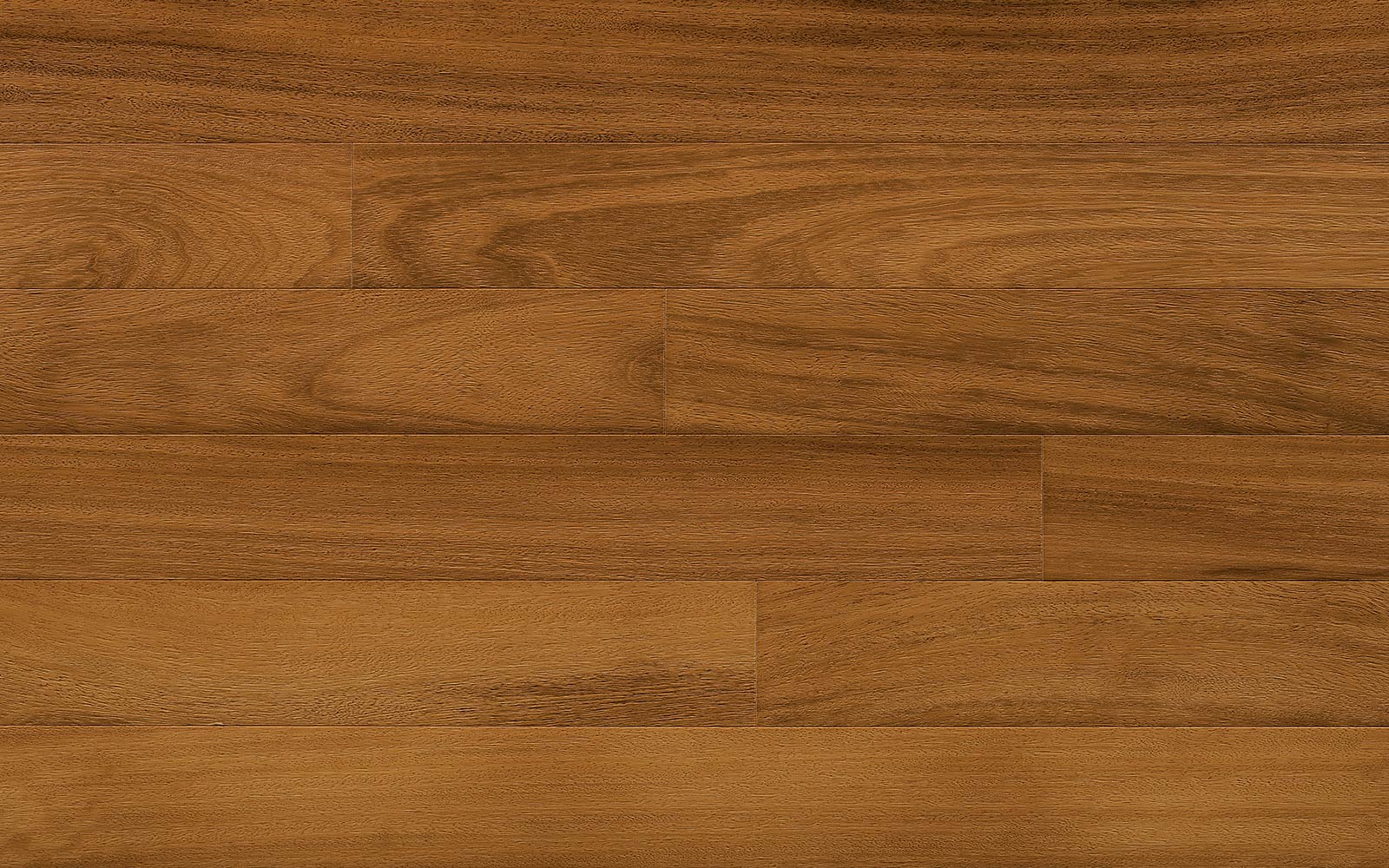Iroko flooring – origin of this wood type

Even if Iroko is particularly hard, it is easy to work. At the same time, it has a good stability with respect to thermal excursions and it shows a very low percentage of shrinkage during drying processes. It is much appreciated as parquet, thanks to its resistance, hardness and durability. Due to these characteristics, it can also be employed outdoor – provided it is subjected to a proper finishing treatment. Its colour is dark, going from dark yellow with golden shades to brown yellow – shades that tend to darken after seasoning, resulting in an elegant effect of dark and light stripes. The most commonly used finishes on this wood type are natural varnish or oil, so as to enhance the beauty of this material. In order to add some rustic touch, sometimes brushing is made, as well as bevel on the edges. Iroko parquet is extremely stylish, as well as resistant and durable.
Some of the advantages offered by Iroko have been explained in previous paragraphs. It is a long-lasting wood, unaffected by humidity and parasites (for this reason, it can be used in kitchens or bathrooms), not much sensitive to thermic changes, very resistant to wear.Iroko, like Teak, is considered an “oily” wood type, capable of resisting to water and so almost unaffected by moisture, so it does not require specific preventive treatments or a continuous maintenance. Much used also as decking, it is perfect for outdoor due to its resistance to humidity and wear – it can be protected from UV rays with specific treatments, preventing oxidation. It can also be used in swimming-pool borders, as it hardly produces splinters or fragments, so it is possible to walk safely upon it barefoot.
Because of its resistance and durability, Iroko is used in naval industry, in the manufacture of bathroom furniture, as well as for outdoor decking. Thanks to its great resistance to wear and to its specific features, it is also much used for the production of parquet, to be used even on heated floorings. Other uses are in decorations, precious furniture or musical instruments, stairs, skirting boards, windows, doors, shelves, bathroom furniture and cladding.Moreover, because of its great resistance to salt and moisture, as well as to weather agents, it is particularly suitable for doors and window frames in seaside locations, for naval furniture and garden furniture (for example benches and flower pots).
After choosing the parquet and deciding the layout pattern, it is necessary to decide how to install it. Two are the installation systems: with and without glue. The first method, with glue, is mandatory when floorboards are of a small or medium size and in case of solid wood. The second solution (floating installation) is suitable if you do not want to damage the existing subfloor or if there is rising damp. Floating installation is possible only with engineered, large-sized floorboards.
For a correct maintenance, it is recommended to wipe the floor with a wet, well- wrung mop and to use proper, delicate cleansers. Attention should be paid to chair feet, which should be protected by proper pads, so as to limit scratches. In order to keep intact the beauty of the iroko parquet some simple rules should be followed, such as, for example, not to cover the flooring with carpets for long, but to move them from time to time, so that light could affect all surface in a homogeneous way.
Here you can find our range of parquet in Iroko related to this type of product
Write to us for more information
Fill out the form adding your request and we will contact you as soon as possible.

